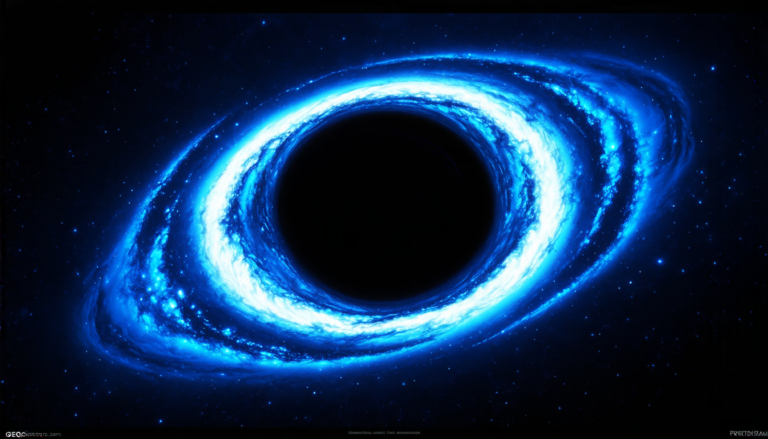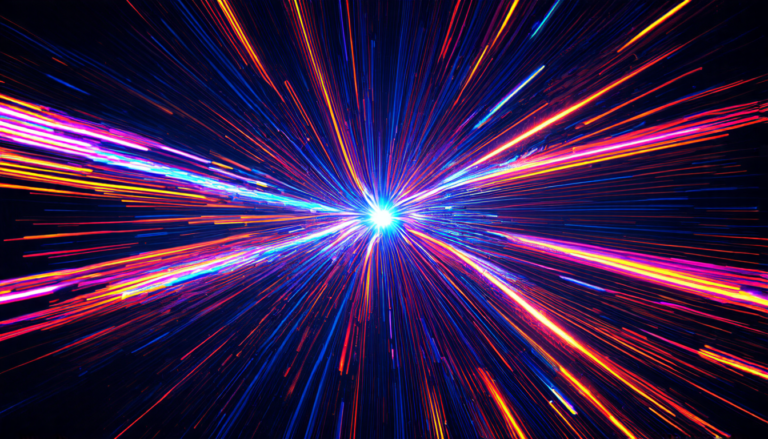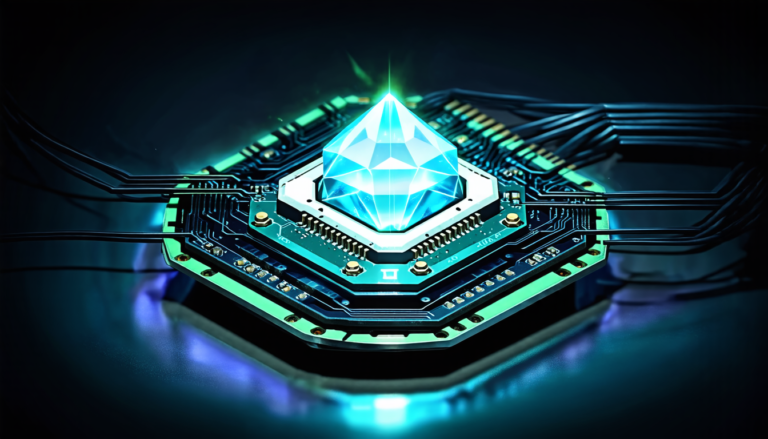Sunday 08 June 2025
Scientists are one step closer to uncovering the secrets of the universe’s most elusive particles, known as long-lived particles (LLPs). These mysterious entities have the potential to revolutionize our understanding of physics and the cosmos.
Researchers at the Large Hadron Collider (LHC) have been working tirelessly to develop a new detector, called CODEX-b, designed specifically to identify and study LLPs. The project is a collaboration between scientists from around the world, including experts in particle physics, engineering, and computer science.
LLPs are particles that can interact with normal matter only very weakly, making them extremely difficult to detect. They have been predicted by several theories, including supersymmetry, extra dimensions, and dark matter. However, until now, there has been no conclusive evidence of their existence.
The CODEX-b detector is designed to overcome this challenge by using advanced technology to identify the unique signatures left behind by LLPs when they interact with normal matter. The detector consists of a series of layers, each designed to detect different types of particles and interactions.
One of the key challenges facing the researchers is the need to develop sophisticated algorithms to distinguish between real signals from LLPs and background noise. This requires advanced computer simulations and data analysis techniques.
The CODEX-b project has already made significant progress, with scientists able to simulate the behavior of LLPs using advanced software. They have also developed a prototype detector that has been tested at the LHC.
The next step is to build a full-scale detector, which will be installed at the LHC and begin taking data in the coming years. This will provide scientists with the opportunity to search for LLPs and potentially make groundbreaking discoveries.
While the CODEX-b project is still in its early stages, it has already generated significant excitement among physicists. The potential implications of discovering LLPs are enormous, and could revolutionize our understanding of the universe.
For example, LLPs could be a key component of dark matter, which makes up approximately 27% of the universe’s mass-energy budget but is still unknown. Alternatively, they could be evidence of extra dimensions or other theoretical concepts that have yet to be proven.
The search for LLPs is a complex and challenging task, requiring scientists to develop new technologies and techniques. However, the potential rewards are well worth the effort, and researchers are eagerly anticipating the results of their work.
Cite this article: “Cosmic Clues: Scientists Close in on Elusive Long-Lived Particles”, The Science Archive, 2025.
Large Hadron Collider, Long-Lived Particles, Codex-B, Particle Physics, Dark Matter, Supersymmetry, Extra Dimensions, Data Analysis, Computer Simulations, Detector Technology







